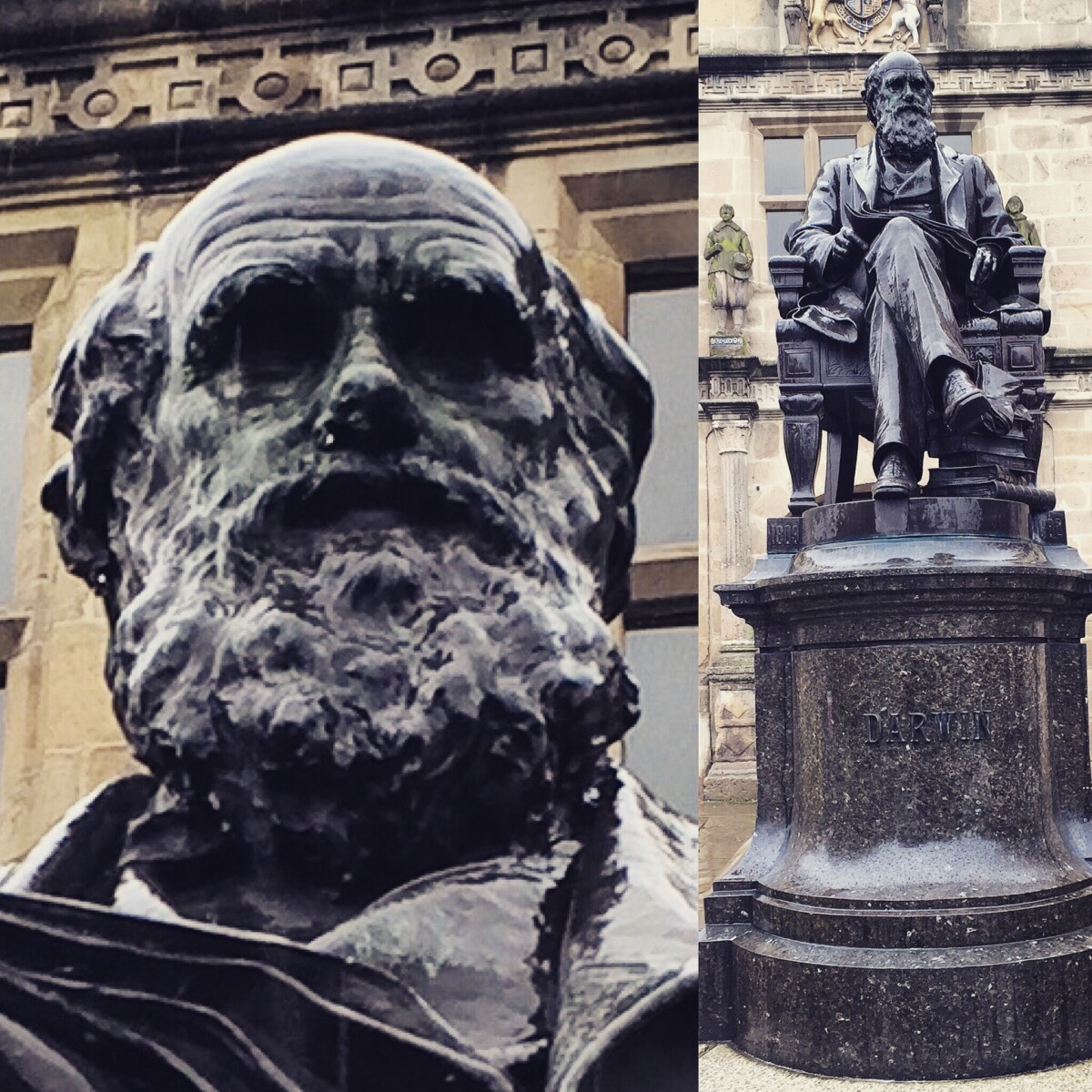How do donors choose charities?

I’ve just come to the end of the first piece of research that I’ve been working on as part of my involvement in the new ESRC Centre for Giving and Philanthropy (CGAP), and launched the final report, How Donors Choose Charities, at a CGAP conference in London last week.
It was an absolute privilege to tackle what I think is a fascinating question: how on earth do people manage to decide what to support, out of all the tens of thousands of charitable organizations that would love to have their money?
Luckily, my interviewees also thought it was a good question, and were willing to spend time talking me through how they go about making their giving decisions. The 60 interviewees were all CAF account holders, meaning they have all set up a charity bank account and regularly ear-mark money to be distributed to good causes. The make-up of the sample was important for two reasons. Firstly, these are committed donors, the sort that sustain charities’ voluntary income rather than the sort that occasionally chuck a few coins in a tin, and should therefore have more considered opinions about giving. Secondly, the process of setting aside money for donations means that these donors can concentrate on deciding ‘what’ to give to, rather than going through the multi-step process confronting the rest of us, who must decide: ‘Shall I give? How much shall I give? To what shall I give?’.
It was an absolute pleasure talking to the 60 donors, and I felt rather bereft once the final interview was completed. They were extremely generous with their time and gave me fascinating insights into how they go about making charitable choices, which – to cut to the punch line – turned out to be far more about donors’ tastes than recipients’ needs.
What I found was that most people tend to support organisations that promote their own preferences, help people they feel some affinity with and support causes that relate to their own life experiences. Despite widespread beliefs that charities exist primarily to help the needy, these non-needs-based factors had the most influence on the distribution of donations.
The report also concludes that donors find it very difficult to make choices between the vast number of potential beneficiaries, because the overwhelming amount of choice makes it impossible to rationally assess all possible alternative destinations for donations. Strategies to cope with the overload of giving opportunities include the creation of classifications and ‘mental maps’ to sort out which bits of the charity sector people care more or less about, for example making binary distinctions between ‘animal’ and ‘people’ charities, or automatically excluding certain types of causes and organisations, such as the arts or overseas charities.
One very strong theme that emerged in the interviews was the importance of donors’ backgrounds. People draw on their personal and professional experiences and let their ‘philanthropic autobiographies’ shape their giving decisions. A straightforward example of this comes from a donor who said: “I grew up by the sea so I support the RNLI”. One of my favourite examples is a man who chooses to support butterfly conservation, because: “When I was a boy I collected butterflies and I’m trying to give back, if you like, the damage that I did so to speak. In those days you were encouraged to kill butterflies and collect them, so that’s an important one”. This quote is a good illustration of the fact that donors support things that are important to them, selected for their own personal reasons. They do not claim that they are picking the causes that are the most important in any global or objective sense, rather giving is shown to be a highly subjective and personal matter.
Given the voluntary nature of charitable giving, it’s not really that surprising that donations can be more accurately characterised as ‘taste-based’ rather than ‘needs-based’. The freedom to support things that people care most deeply about is what differentiates charitable giving from paying tax. Donors value the control they have over their giving decisions, and expect to distribute their money according to their own judgements about what is important and worthwhile.
Yet fundraisers often persist in asking for donations on the basis of a more objective appeal, emphasising the extreme importance or urgency of the cause. I hope this report will help charities and fundraisers to re-consider their assumptions about donors’ rationalities and think about what a ‘taste-based’ rather than ‘needs-based’ appeal might look like.
I hope you read the report – that’s why I wrote it! – and I would be grateful for any feedback, to b.******@*****ac.uk
Dr. Beth Breeze is a researcher within the Centre for Charitable Giving and Philanthropy which is partly based at the University of Kent, where she also co-founded the Centre for Philanthropy, Humanitarianism and Social Justice.



